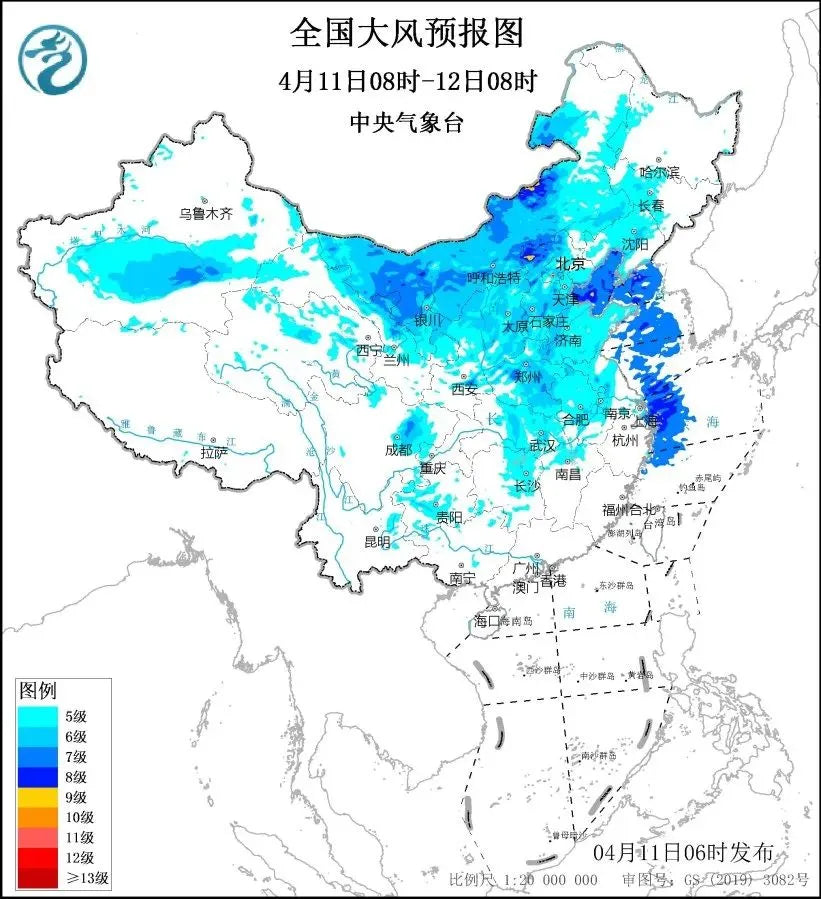Starting today (April 11), a strong cold front is sweeping across central and eastern China, bringing complex and challenging weather. Northern regions are expected to experience widespread strong winds and sandstorms, with historically rare, sustained high winds forecast for areas like Beijing. For the first time in nearly a decade, Beijing has issued an orange alert for strong winds, with multiple events canceled or postponed as a precaution. This highlights the real threat extreme weather poses to urban infrastructure and everyday life.
Can Technology Offer a More Resilient Response?
Graphene, a material that’s been making waves in recent years, offers some exciting possibilities.
-
200 times stronger than steel
-
Extremely lightweight
-
Outstanding flexibility
-
Exceptional thermal and electrical conductivity
Given these properties, graphene has already shown huge promise in numerous fields. But what role could it play specifically in protecting against extreme weather like strong winds?
A "Thermal Armor" Against the Cold
Strong winds often bring sudden drops in temperature. Graphene’s high electrothermal conversion efficiency (over 90%) enables it to quickly transform electricity into heat, radiating gentle far-infrared warmth.
-
Graphene heating products and devices could help emergency responders withstand harsh conditions.
-
Graphene thermal solutions could even provide protective heating for crops in the field during cold snaps.
Stronger, Smarter Building Materials
During high winds, glass curtain walls, roofs, and exterior structures are particularly vulnerable.
-
Traditional materials like tempered glass, while strong, can still fail under extreme conditions.
-
Incorporating graphene into concrete or polymers dramatically improves impact resistance and crack prevention.
-
Graphene coatings on glass surfaces can make them tougher and more resistant to wind damage.
Enhancing Equipment Reliability in Harsh Environments
Extreme winds and cold temperatures also pose serious challenges to wind turbine blades and aircraft.
-
Icing can be a major problem, reducing efficiency and increasing risks.
-
Thanks to its superior conductivity and heat transfer, graphene materials can be integrated into blades and aircraft surfaces to prevent icing and improve operational reliability even under extreme conditions.
The Future: Graphene as a Shield Against Extreme Weather
While challenges like cost and mass production still remain, graphene is steadily changing how we prepare for and withstand extreme weather—from heating solutions to stronger building materials and more resilient energy systems.
BGI’s Commitment: Turning Innovation Into Real-World Solutions
As a global leader in the graphene industry, BGI has been actively driving the practical application of graphene materials.
-
Our Monene glass fiber composites have already been successfully deployed in subway seat heating, wind turbine blade de-icing, and aircraft anti-icing solutions.
We believe that technology is not just about innovation—it’s about solving real problems. At BGI, we are committed to empowering industries with graphene, helping cities and communities stand stronger against the forces of nature.
In the face of extreme weather, graphene is not just the material of the future—it’s becoming the protection we need today.





Leave a comment
All comments are moderated before being published.
This site is protected by hCaptcha and the hCaptcha Privacy Policy and Terms of Service apply.